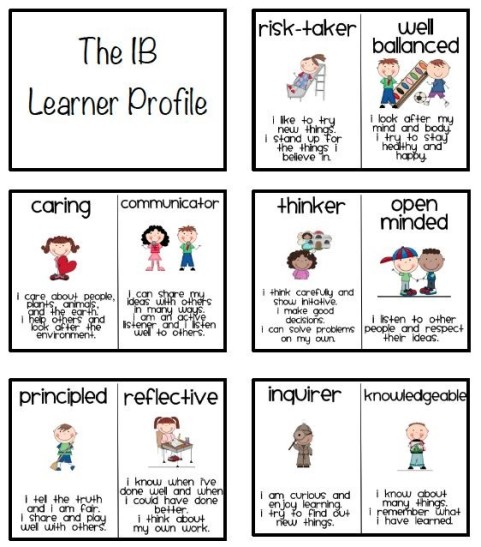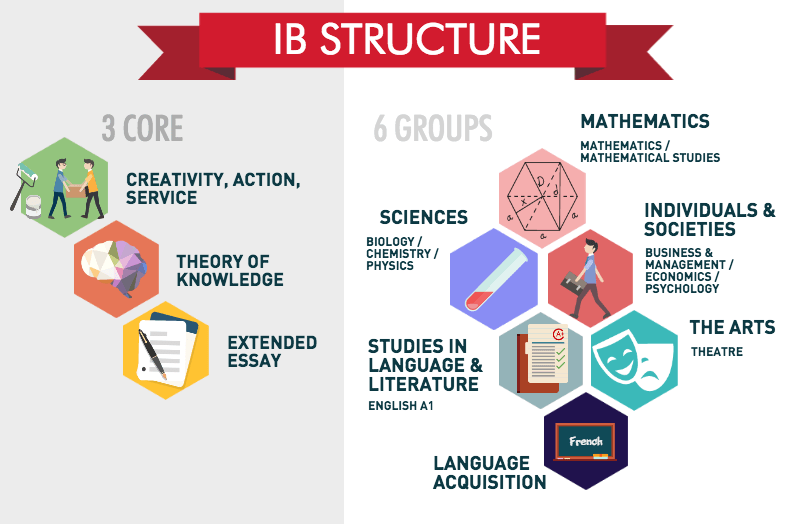A concept and inquiry based approach is learner centred to promote open communication, understanding, respect for active, caring, lifelong learners. Embracing the student with a holistic concern for cognitive, social, emotional and physical development, effective approaches to teaching and learning empower students for lifelong learning, being independent with the capacity to collaborate. Aiming to develop capacity for metacognition, communication and self-management. Fundamental to the IB is a global context, with students understanding culture and language and global and local engagement. Offering curriculum and courses that are varied, balanced, connected and meaningfully assessed that reach across the four IB programmes, working together to ensure a solid and secure education. An MYP personal project requires students to choose an area of interest to explore, through independent inquiry learners consolidate their learning and develop key lifelong learning skills. The students personal learning projects are externally conducted by the IB to ensure a global consistency and standard of excellence.
Concept-based learning for today’s students
Why this evidence was chosen and what I learnt from it.
This first article breaks down the concept and inquiry approach into four distinct sections – who, how, why, what, that clarifies what this approach looks like in practice and suggests that a connected curriculum provide teachers with a common vocabulary while providing learners with a ‘culture of thinking’ that asks students to see connections, alternative viewpoints, contradictions and different ways of thinking.
Developing an inquiry based learning experience, alongside conceptual learning, offers for students the ability to develop an inquiry into key ideas about relationship to time and space and place, leading to a deeper understanding.
Learning how this works in practice through a table, included in the article, that depicts a Social Emotional Learning curriculum that outlines the authentic connection made between social and emotional topics and the bigger more conceptual ideas. It is interesting to note how this table shows us how a concept and inquiry based approach can work in practice.
Barnard, S. (2016). Concept-based learning for today’s students [Blog Post]. Retrieved from: http://blogs.ibo.org/blog/2016/07/08/concept-based-learning-for-todays-students/
This second paper offers a more in-depth introduction into the characteristics of an IB concept-based curriculum, offering a three-dimensional model. The PYP, MYP and DP are all three-dimensional by design and require learners to process information through a conceptual level of thinking, deeper critical thinking and a conceptual understanding.
The extended essay component, as well as various internal assessment tasks seek to engage this critical thinking as students draw on a significant inquiry and independently plan, research and write the essay.
The three main requirements of the three-dimensional model include; teacher training that ensures teachers have a full understanding of the concept-based model and pedagogy to transfer knowledge and deeper understanding to their students. Curriculum development supports teachers to provide a concept-based teaching plan with a common terminology and framework of key and related concepts and conceptual understandings. Assessment remains the ongoing challenge, to be able to assess a conceptual level of understanding, over and above the purely factual. Design of assessments needs to be a part of teacher training.
Concept-based teaching and learning
Why this evidence was chosen and what I learnt from it.
I chose this next piece of evidence for it’s deeper clarification of the model, in particular the three model approach that compliments the above article’s break down into four sections, this has allowed me to understand the model through a complete breakdown into sections and prototypes, so to speak. The author’s comment in the challenges and summary section that ‘challenges indicate opportunities’ (Erickson, 2012) was a standout remark and a positive interpretation to conclude on.
Erickson, L. (2012). Concept-based teaching and learning. International Baccalaureate Organization. Retrieved from: http://www.ibmidatlantic.org/Concept_Based_Teaching_Learning.pdf

